We all know how important connecting is in our everyday life. Especially now, facing COVID-19 challenges, we appreciate every chance to interact with other people. But what role does connecting play when it comes to entrepreneurship?
We recommend you to read this article by Joanne Bond, executive leadership coach, discussing the importance and practice of connecting as a powerful communication tool for entrepreneurial success.
Powerful Communication Tools for Entrepreneurs: Connecting
by Joanne Bond
Connecting is About Relationships
Connecting is about relationships. Relationships you form today can help your business far into the future, often in unexpected ways. To establish relationships and build your network, it can be helpful to think of all those who are related to your business in some way. These are your “stakeholders.” Entrepreneurs have many actual and potential stakeholders.
Who Are Your Stakeholders?
As a first step you need to identify your stakeholders. To simplify, think of your stakeholders in different roles with different purposes:
| Role | People in Role | Purpose of Role |
| Entrepreneur | You | You are the primary stakeholder in your network. You need to stay focused on your entrepreneurial offering. |
| Support Network | Family, friends, mentors, experts, etc. | These stakeholders help you stay focused, encourage you through the ups and downs, link you to their relationships and resources, etc. |
| Investors | People who are invested in you and your success (financially, emotionally, etc.) | These stakeholders provide funding, they ensure you track financials and stay focused on the bottom line. They connect you to other investors or resources. |
| Staff | Your employees | These stakeholders work for you. They help you actualize your offering and implement the processes that will support your business emergence, development, and growth. These stakeholders care about the success of your business as it relates to their career opportunities, salary, and work-life balance. |
| Customers | Past, current, and future customers | These stakeholders provide revenue to keep your business going. They help you understand what they need and how your offering can meet these needs. They can help you connect with other consumers, referral networks, etc. Customers are a top priority for any business. |
| Service Providers | Companies or individuals with whom you contract services | These are stakeholders you hire to provide services and resources to run your business. These can be critical to your business, so relationships and contracts should be closely managed. |
| Others | Not yet determined | Be open and curious about the connections you have not yet made, help you don’t know you need, and new ideas that can take your business in unexpected directions. |
If you mapped these relationships, there would undoubtedly be overlap, with some people acting in more than one role. For example, a family member may be part of your support network, an investor, and a staff member.
Stakeholder Roles and Needs
As a second step, think about the key needs of your stakeholders. You will likely communicate in different ways with different stakeholders to meet these needs. For example, your staff has different needs than your investors. Your staff may see you every day, so they have the advantage of frequent updates. However, are these updates organized, and do they provide the information employees need? On the other hand, your investors may work in many different locations and rely on meetings, phone conversations, or email for information. This information may be well organized and completely different from the information you provide staff. These two stakeholders require different methods of communication and different topics. As another example, you may have one mentor who is a business development expert and another who specializes in operations. The business development expert may only be interested in your marketing efforts, while the operations mentor is interested in areas such as manufacturing, business processes, and supply chain management. These two stakeholders also require different methods of communication on different topics.
Connecting with Your Stakeholders
Your third step in connecting is to communicate in meaningful ways to each stakeholder. For your staff, communication efforts might include regular meetings, employee badges printed with the mission statement, and/or publicly posted company policies and job descriptions. For your investors, communication may include regular financial updates, reports, and meetings. For your business development and operations mentors, perhaps more direct communication and one-on-one meetings are the best way to seek guidance and exchange ideas.
By communicating in a specific way with each stakeholder you demonstrate empathy and build connection and trust. You are showing that you understand, value, and respect their point-of-view. This is the best way to build long-term relationships. Stakeholders will be much more likely to open their resource and relationship networks to you and provide assistance and support to your business when they feel they are a valued collaborator. You can foster these relationships by connecting, communicating with your stakeholders in ways that are meaningful to them.
Summing Up
Connecting is a powerful communication tool for entrepreneurs. There are many potential and actual stakeholders in any business venture, each with a different role and different purpose, yet some overlap. By connecting directly with each of your business stakeholders, you can create lasting relationships that will support your business long into the future. These connections will remain strong even while the roles and purposes of your stakeholders shift and evolve over time. Always be open to new connections and new relationships. You never know how a person might impact your business with a new idea or perspective. In your map of stakeholders, keep a place for “Others” to remain mindful of the opportunity and power of connecting with new people.
Source: https://www.scu.edu/mobi/resources–tools/blog-posts/powerful-communication-tools-for-entrepreneurs-connecting/powerful-communication-tools-for-entrepreneurs-connecting.html
This publication has been prepared within INDIGISE project. The content of this publication is the sole responsibility of the project coordinator and may not always reflect the views of the European Commission or the National Agency.
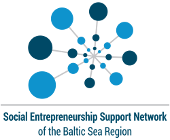
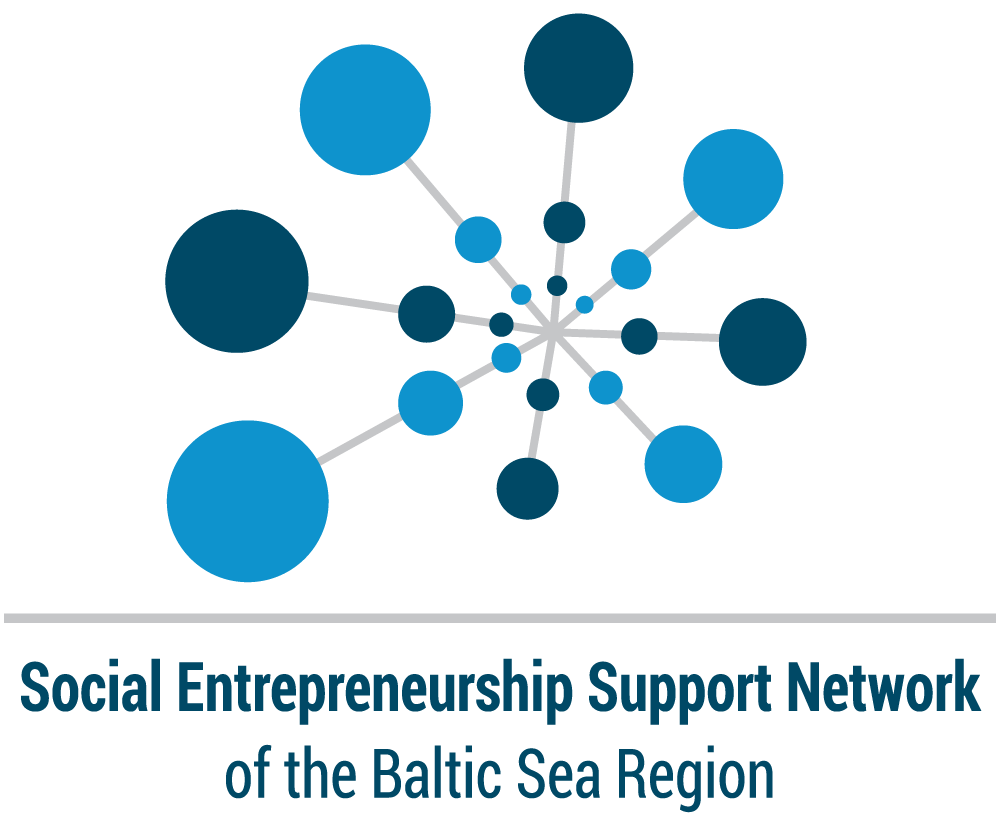

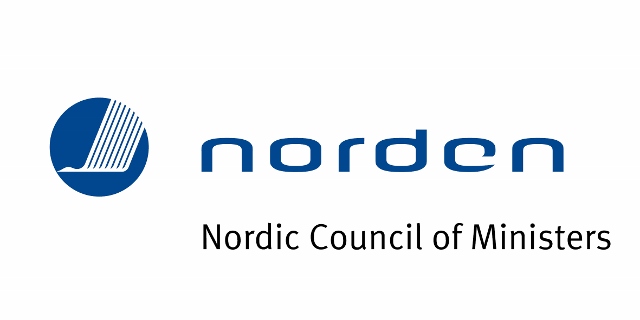


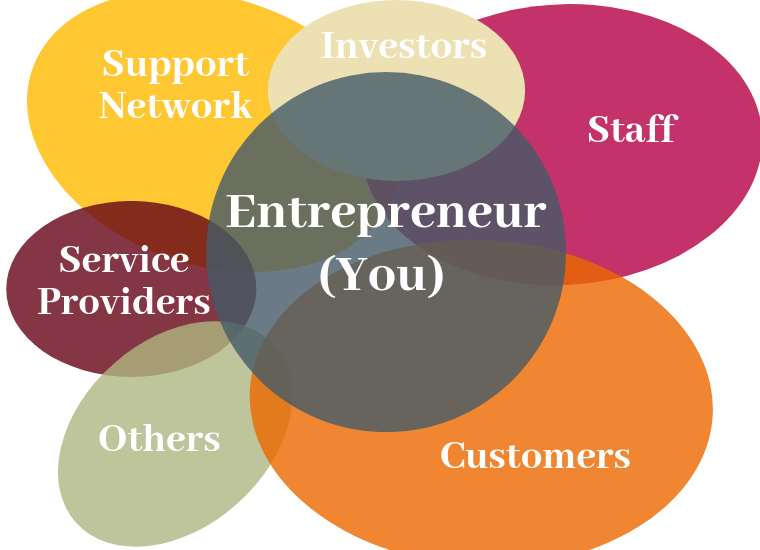



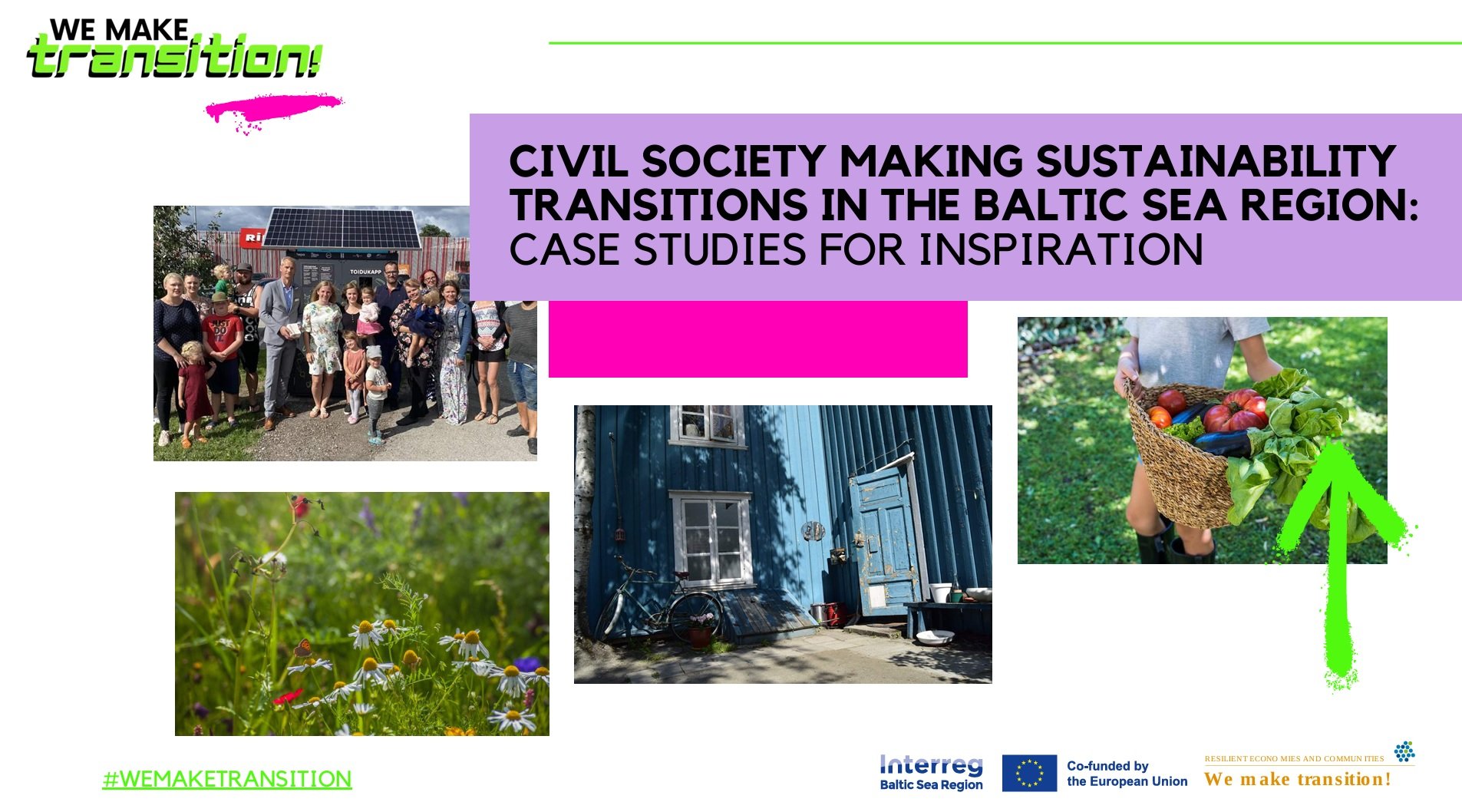
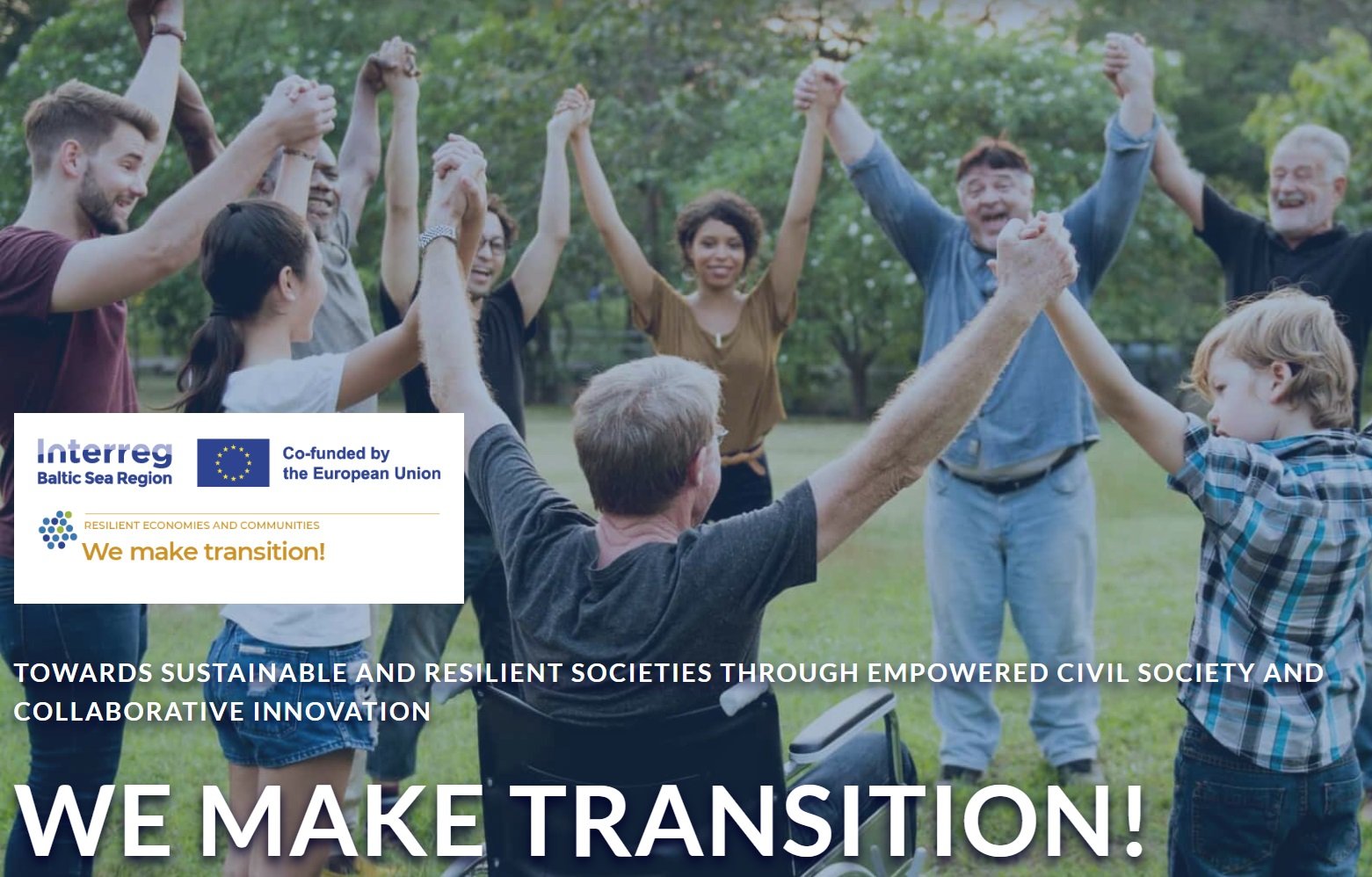





Leave A Comment